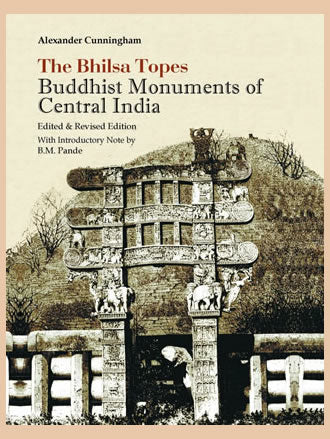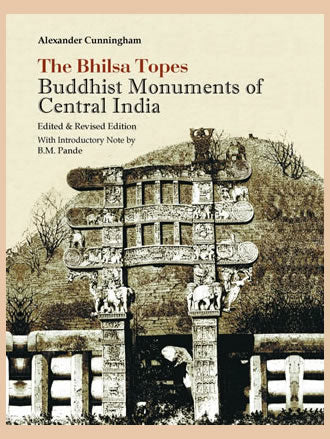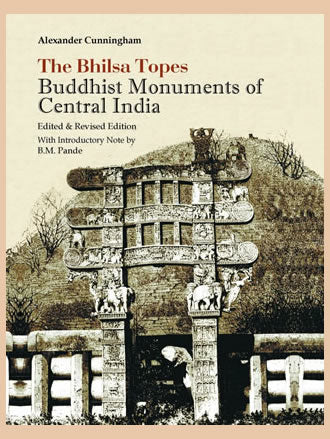THE BHILSA TOPES: Buddhist Monuments of Central India
THE BHILSA TOPES: Buddhist Monuments of Central India is backordered and will ship as soon as it is back in stock.
Couldn't load pickup availability
Genuine Products Guarantee
Genuine Products Guarantee
We guarantee 100% genuine products, and if proven otherwise, we will compensate you with 10 times the product's cost.
Delivery and Shipping
Delivery and Shipping
Products are generally ready for dispatch within 1 day and typically reach you in 3 to 5 days.
- Pages: xxiv + 248
- Format: HB
- ISBN: 9788173053740
- Edition: 1st
- Publisher: ARYAN BOOKS INTERNATIONAL
- Size: 19 cm × 25 cm
- Product Year: 2009
There are several Buddhist remains and monuments within about 20 km radius of Vidisha in Madhya Pradesh. Of these, Sanchi is the most famous and best known primarily because of the magnificence of the monuments, notwithstanding the fact that there are several other Buddhist monuments in the area which are no less important. Perhaps it could be due to their rather dilapidated condition and location in remote, out-of-the way spots. These monuments are located at Sonari, Satdhara, Murelkhurd and Bawalia-Hakeemkhedi, all in Raisen District of Madhya Pradesh. Alexander Cunningham has described these monuments in the present volume, The Bhilsa Topes, which was originally published in 1854. This work is the first serious attempt to trace Buddhist history through its architectural remains. It also provides a historical account of the rise, progress and decline of Buddhism; the life and faith of Sakya; the synods; Buddhist schisms; the reign of Asoka; the symbols of Buddha, Dharma and Sangha and many other important facets of Buddhism. This reprint of The Bhilsa Topes is being presented in a new format while retaining the original text and illustrations. Another additional feature of the present volume are some recent photographs of monuments described by Cunningham. Long out of print, this seminal work remains most useful for researchers.





